Bermudagrass
Information
Cynodon dactylon - Poaceae Family
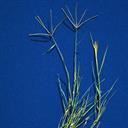
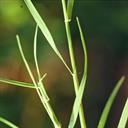
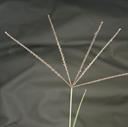
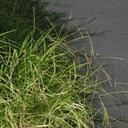
Identification
- Flowers: The seed head resembles a hand with 3 to 7 “fingers” or spikelets, which are about 1 to 2 inches long.
- Seeds: Seeds can survive up to 3-4 years.
- Leaves: The leaf blades are arranged in a herringbone pattern.
- Flowering Time: The seed spike grows from 3 to 8 inches long and appears in July.
- Life cycle: Bermudagrass is a low growing warm season grass that spreads by rhizomes, stolons, and seeds.
Impacts:
- In Utah cool season turfgrass lawns, Bermudagrass is an aggressive weed that is difficult to control.
- Although a Utah noxious weed, Bermudagrass is grown as a durable turf surface in warm temperate regions worldwide.
- Bermudagrass can sometimes be confused with annual crabgrass, but has a rhizome root system, whereas crabgrass has a fibrous root system without any rhizomes.
Control
Most effective control methods
- A good healthy lawn will outcompete Bermudagrass and reduce the likelihood of its establishment.
- Chemical applications can yield good results if repeated and used with other methods of control. Products containing Triclopyr suppress Bermudagrass only and must be repeated, possibly for several years.
- Since it requires high light intensity to thrive, shading with mats, plastic, or a thick layer of mulch can be used as a control method.
- The best time to treat Bermudagrass is when it is actively growing. In Northern Utah this usually occurs between late May and early September.
Large Images
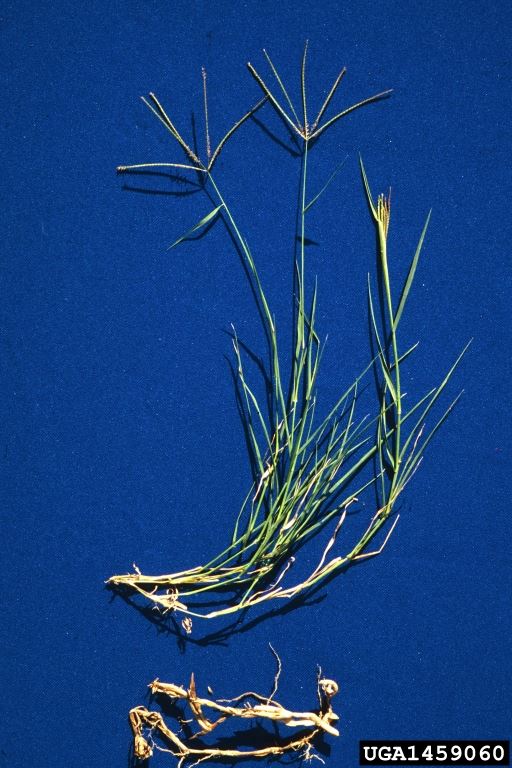
Single bermudagrass plant showing roots, runners and inflorescence
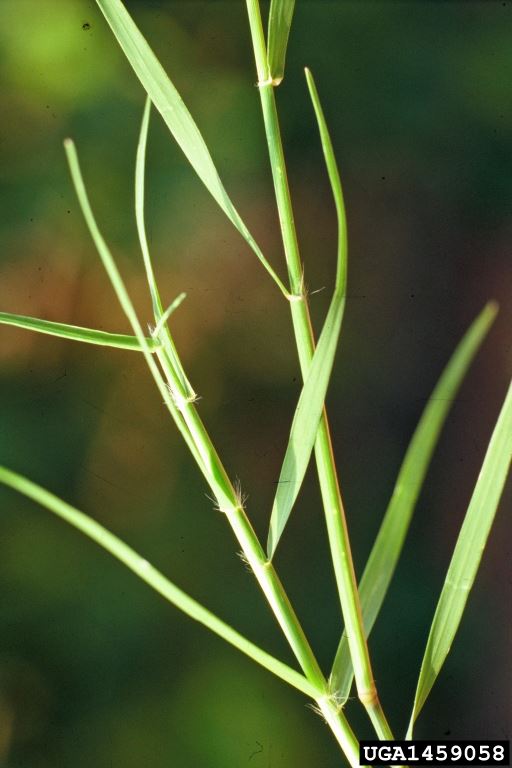
Bermudagrass: stems
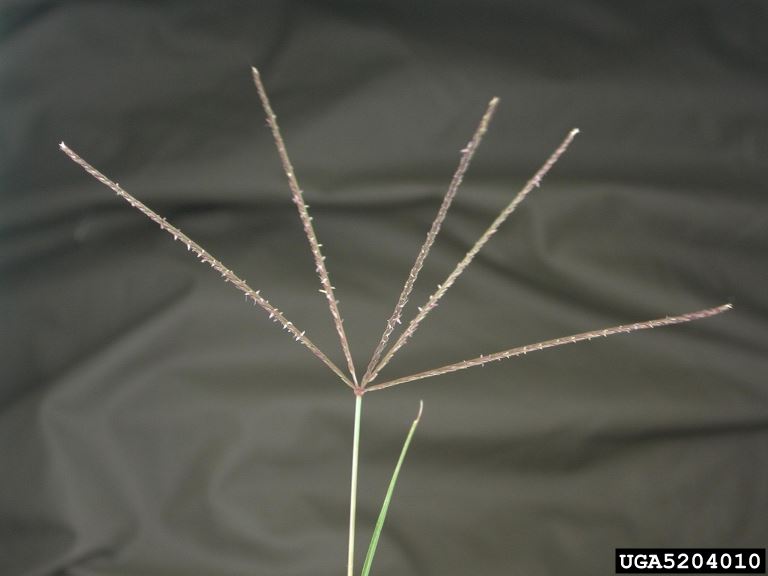
Bermudagrass: flowers
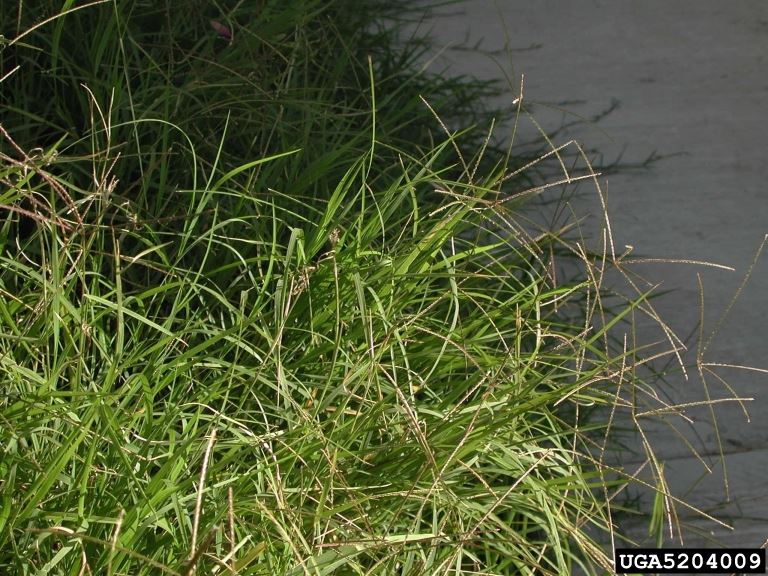
Bermudagrass: infestation
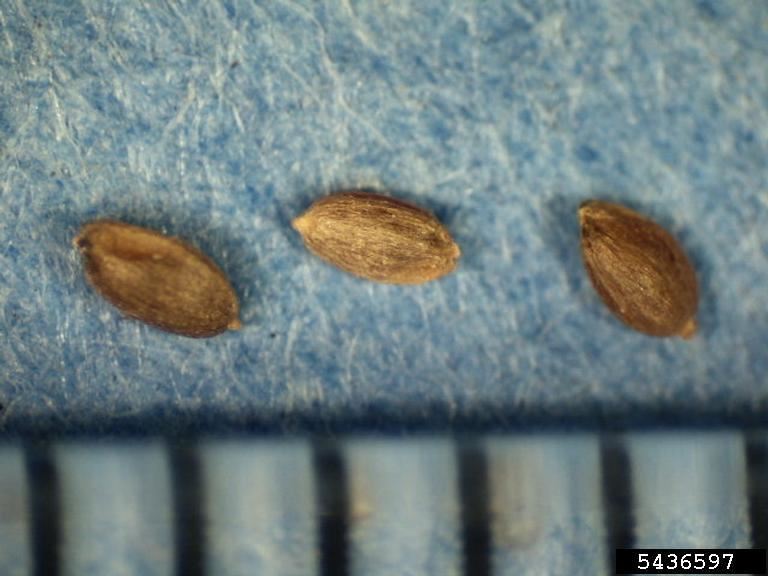
Bermudagrass: seeds
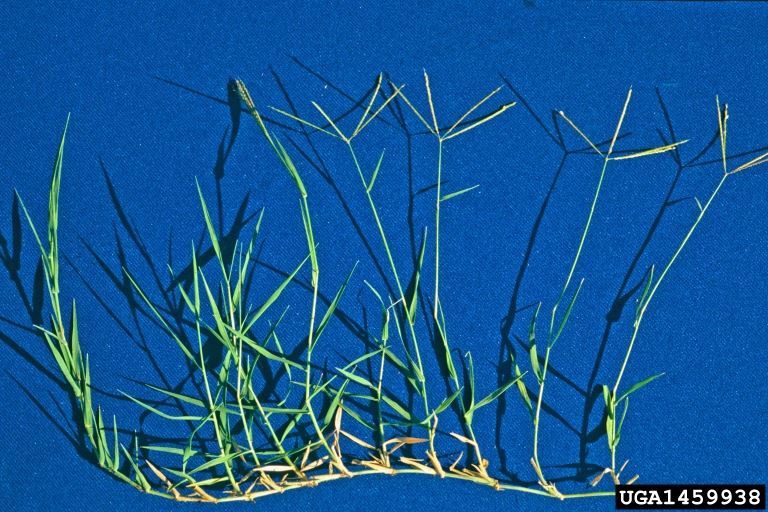
Single bermudagrass plant showing roots, runners and inflorescence
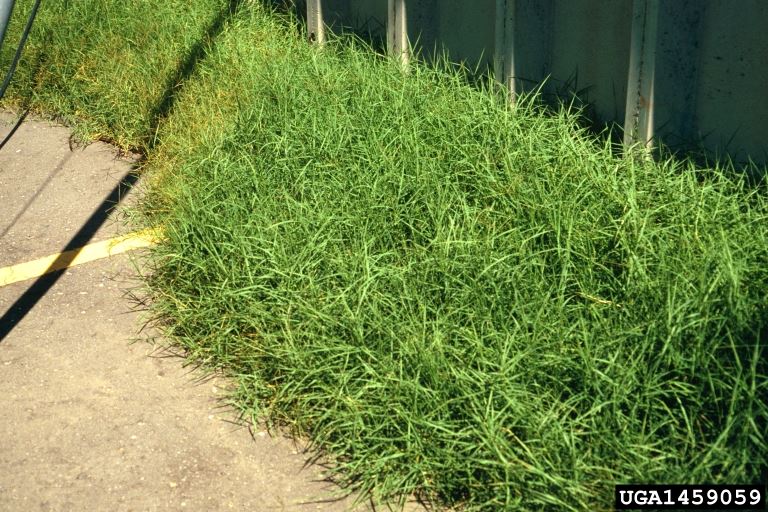
Bermudagrass: infestation
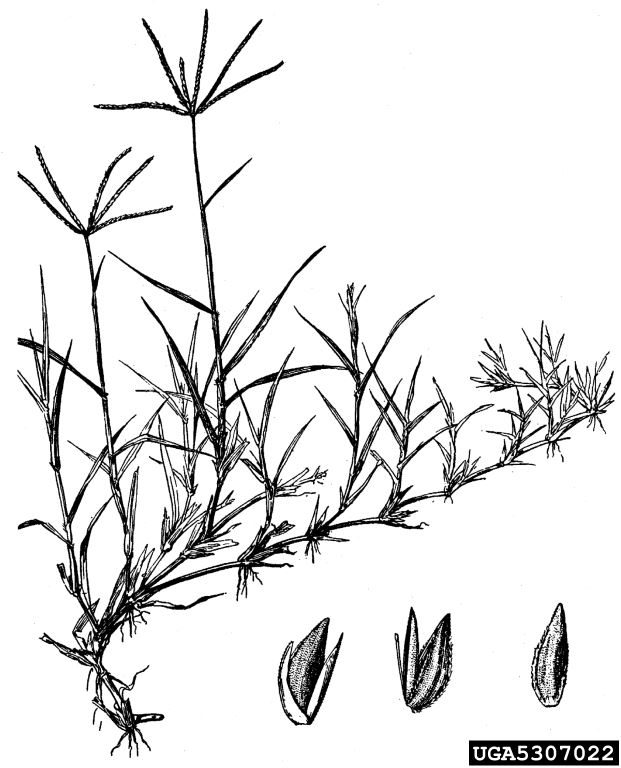
Bermudagrass
Resources
-
References
Arizona Native Plant Society. (2006). Grow native! Don’t plant a pest. Retrieved from http://www.aznps.com/invasives/GrowNative/main_pages/bermuda_grass.htm
DiTomaso, J.M., G.B. Kyser et al. (2013). Weed Control in Natural Areas in the Western United States [PDF file]. Weed Research and Information Center, University of California. Retrieved from http://wric.ucdavis.edu/information/natural-areas/wr_C/Cynodon.pdf View PDF
Invasive Species Compendium. (2018, July 15). Cynodon dactylon (Bermuda grass). Retrieved from https://www.cabi.org/isc/datasheet/17463
Newman, D. (2014, June). Cynodon dactylon. Retrieved from https://wiki.bugwood.org/Cynodon_dactylon
University of California Statewide Integrated Pest Management Program. (2007, May). Bermudagrass. Retrieved from http://ipm.ucanr.edu/PMG/PESTNOTES/pn7453.html




